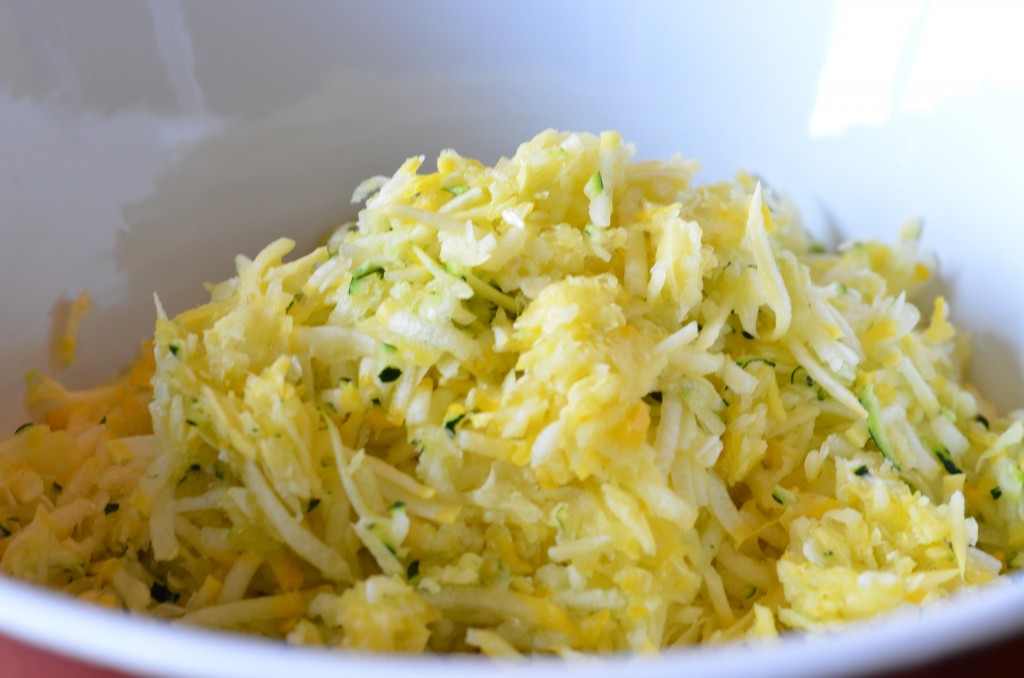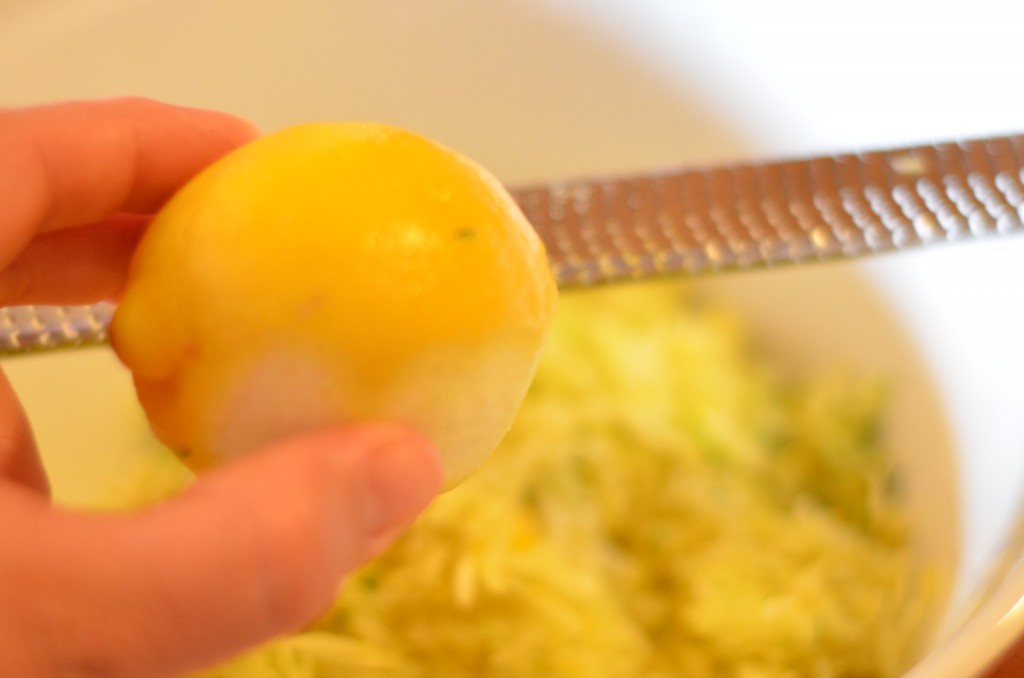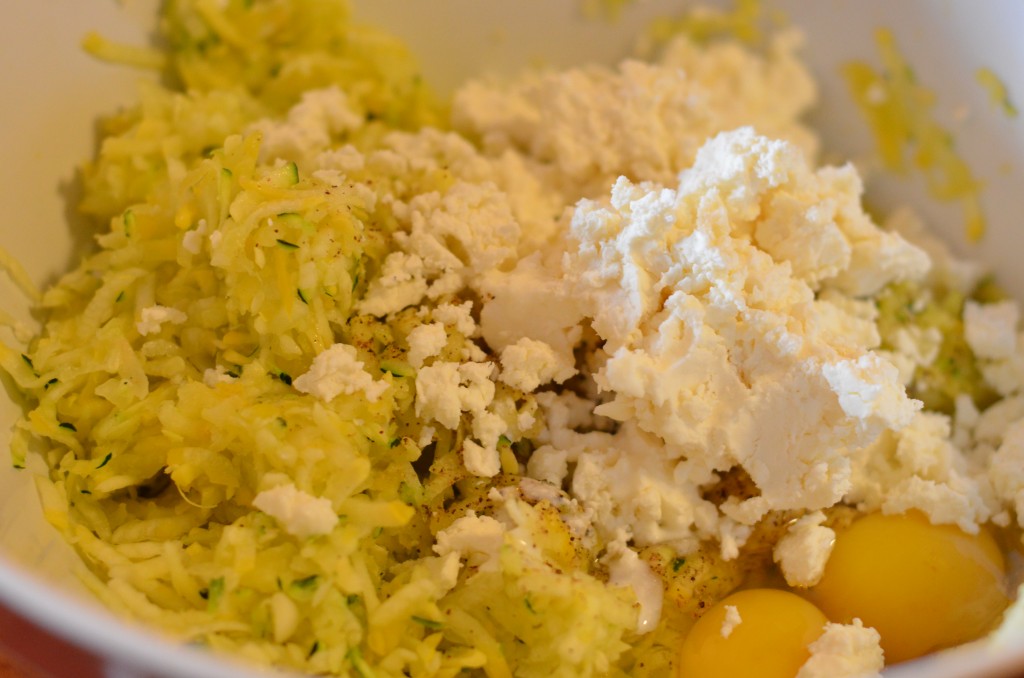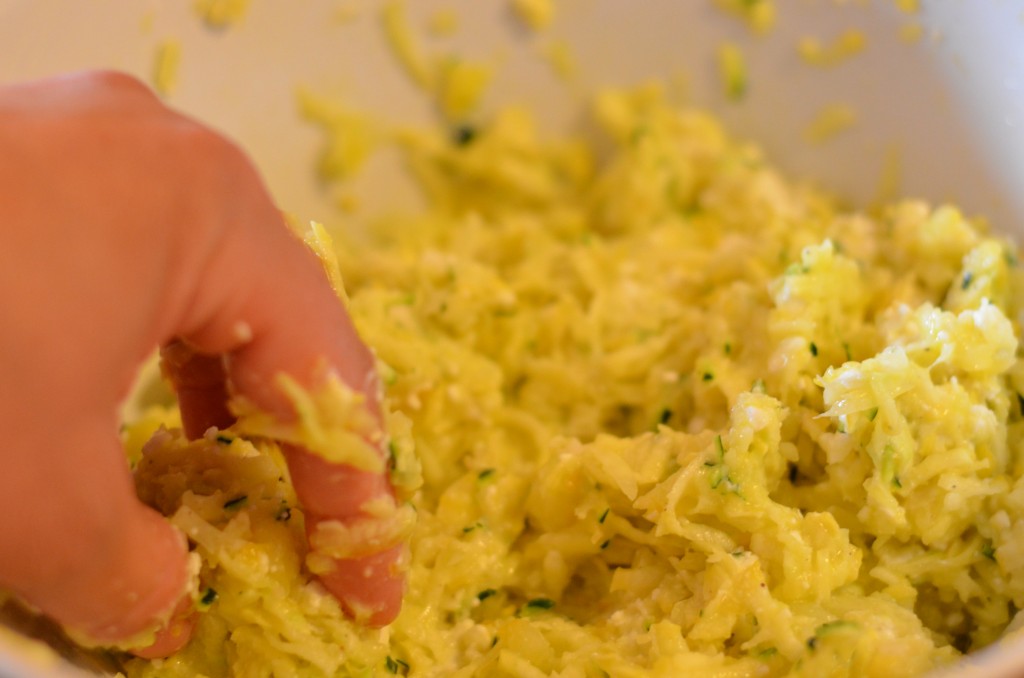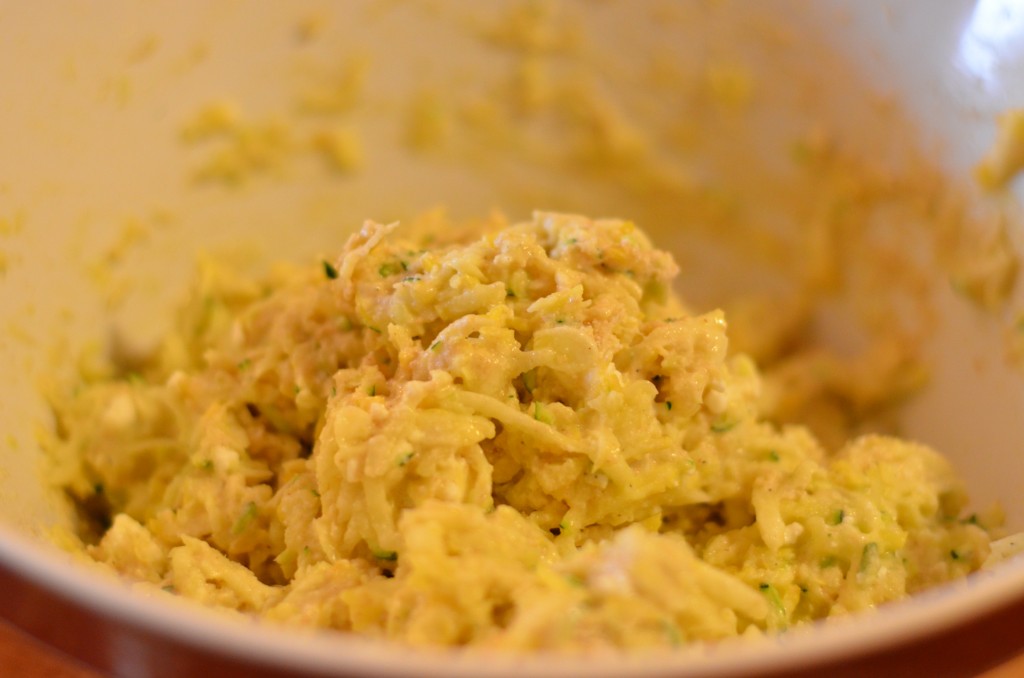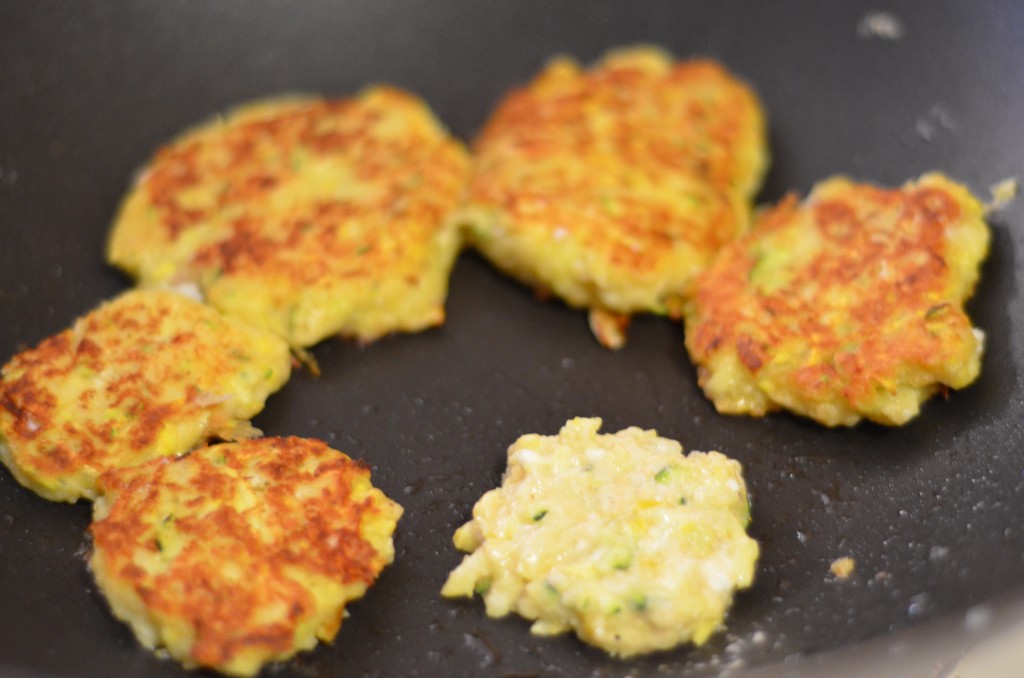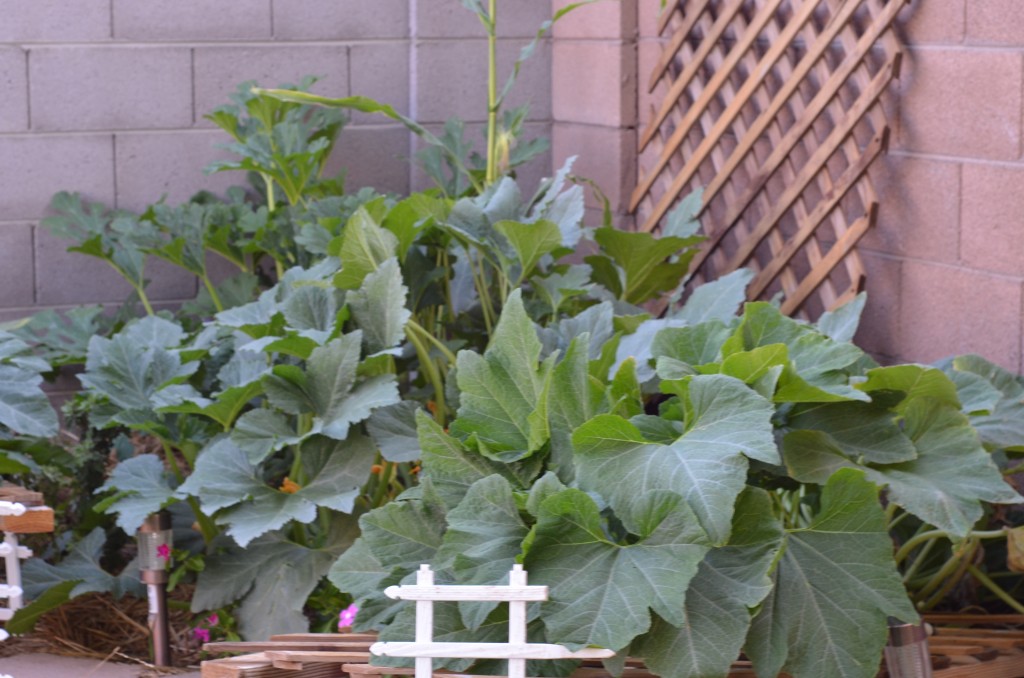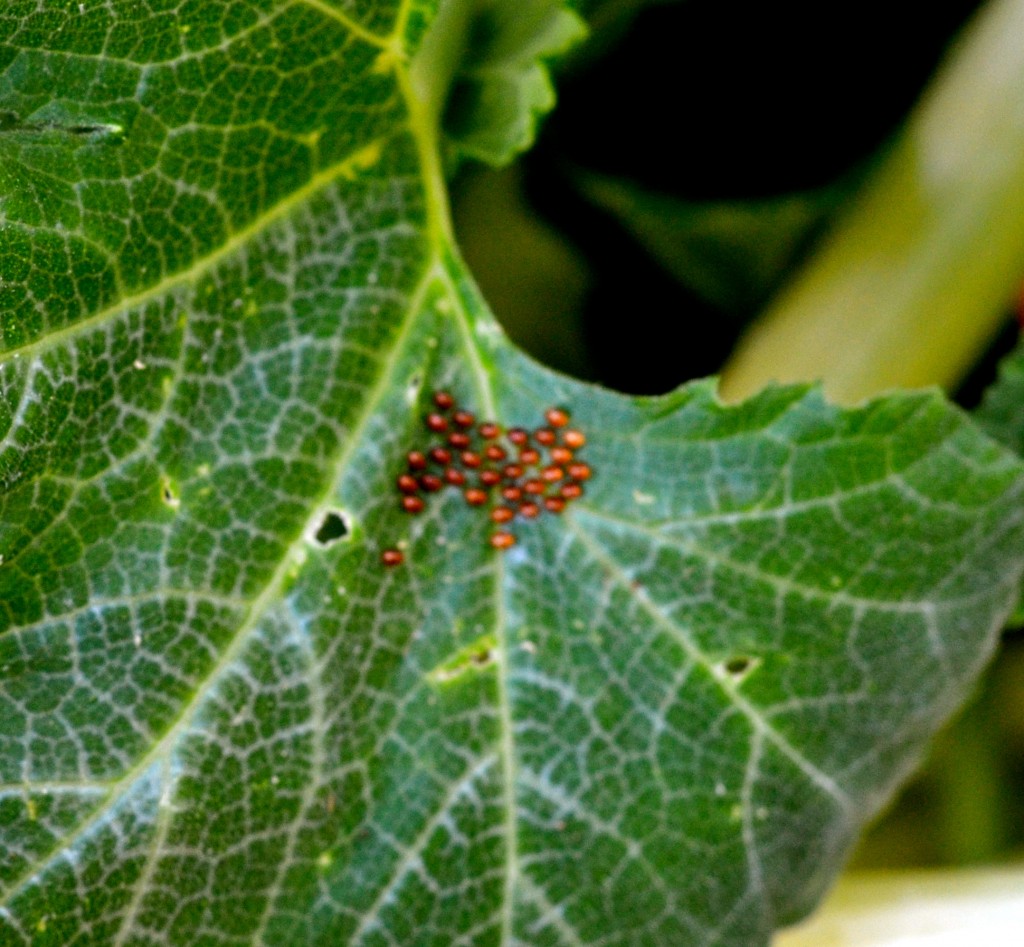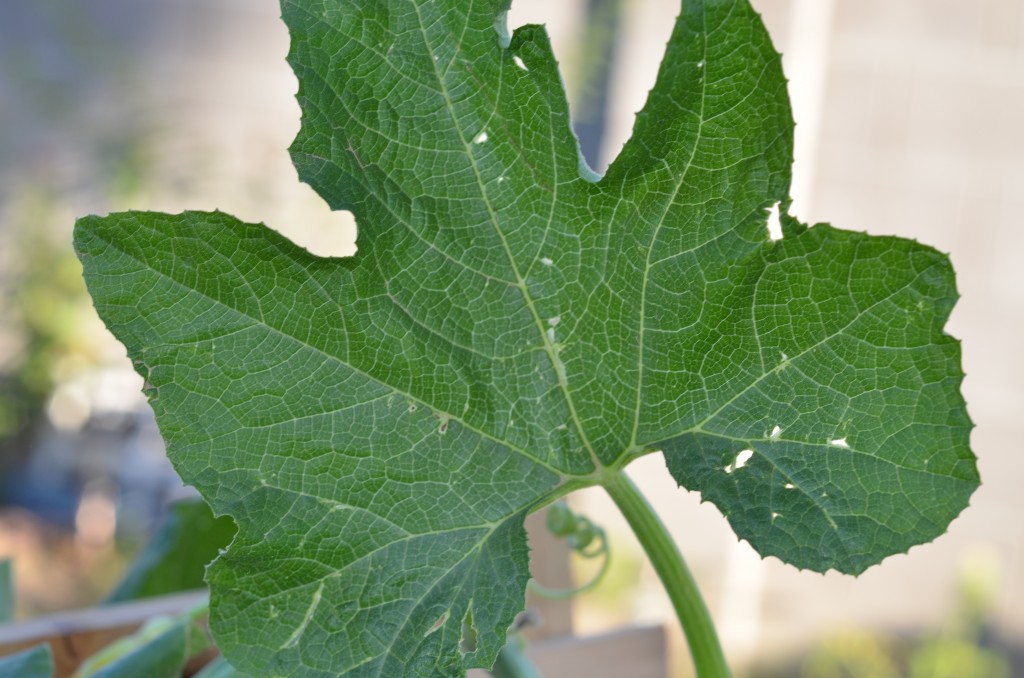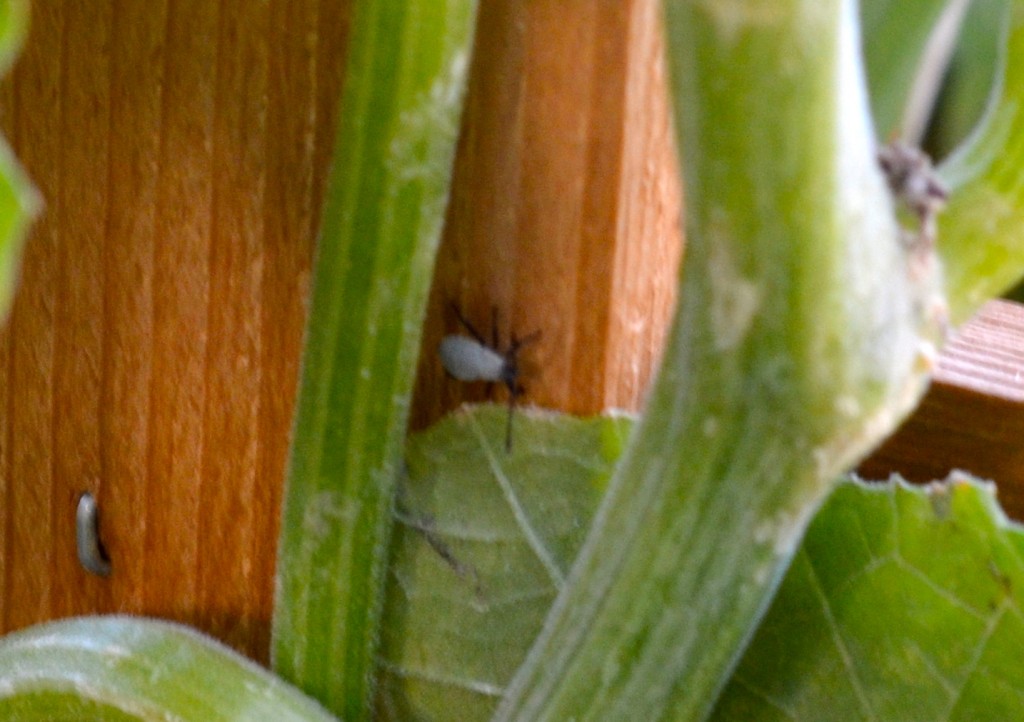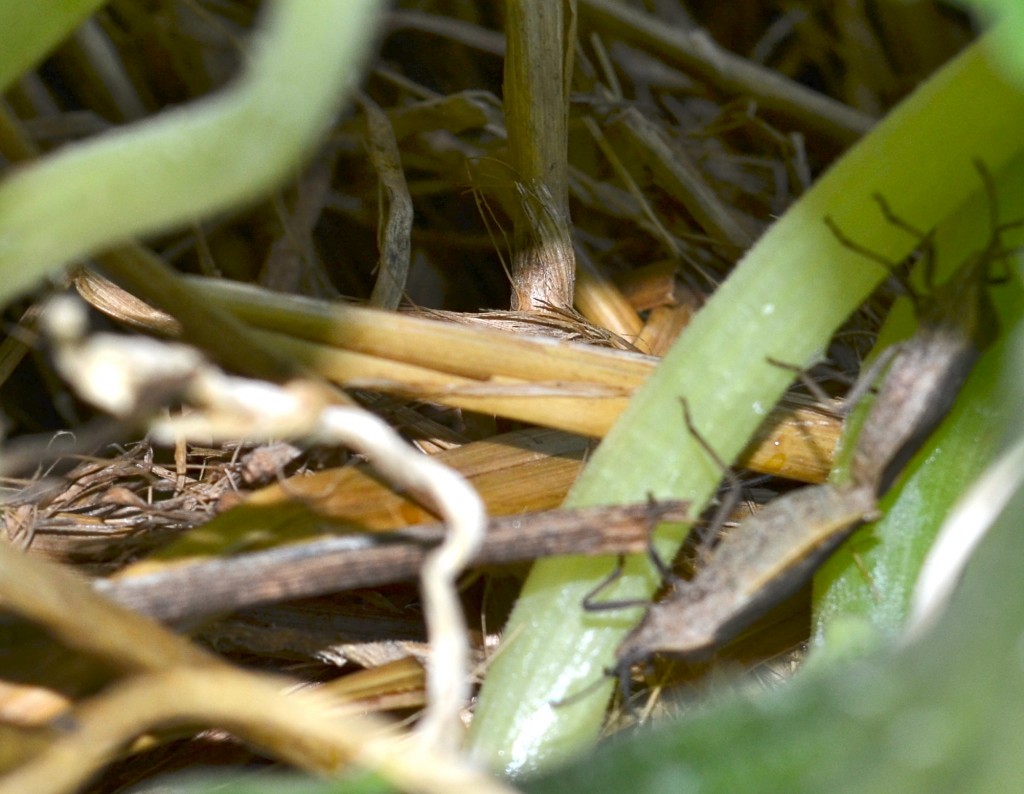Some days we all need a little boost of encouragement. I had one of those mornings today. We’re returning from the heat of Phoenix after a brief reprieve in beautiful Sedona. I admit to feeling a bit depressed at the thought of facing 100+ temps and the absence of trees and water everywhere. Instead of being morose, I tried to get lost in the laughter of my girls as they enjoyed a last bit of play before going home.
Enter my two little muffins and a simple phrase that adjusted my attitude.
“May we have some water please, mom?”
I know it may seem strange that this is what encouraged me but hear me out. My girls love water. They have rarely had much else to drink besides delicious fresh goat milk or herbal infusions so they don’t even think to ask for juice or soda unless we’re at a party. And then, they’re used to hearing one word from me.
“No.”
“No” is not always an easy word to say when it comes to nutritious choices for our kids. There were many times when I first became a mom when I caved because I was just tired of fighting not only my daughter but also the adults who were less than supportive of our food choices.
Something happened somewhere along the line and I claimed my authority as a mom. It might have been after a party where I found myself alone and unable to keep track of an active 1 1/2 year old and four year old who was being plied with sugary drinks, cakes and candy at a family party. The after-effects of sugar on the uninitiated was not a pretty sight! After her tantrum, my four year old said, “Mom, you’re right. That was too much sugar. I never want to feel like that again!”
After that, I learned to answer those people who pressured me with comments like, “Mooonnnaaaa, it’s a party!” respectfully but firmly. When my daughter goes to a family party where a well-meaning attendee cuts a gigantic slab of cake for her, I pare it down to a size that won’t result in a gigantic meltdown afterward.
I still hear frequent critiques of Rob’s and my choices to fill our kids with healthier food but I don’t care anymore. They’re our kids and we need to make choices we think are best for them. Our girls don’t feel like they live a life of deprivation. They still get treats but they’re usually high quality, made with the best ingredients. They are learning to make good choices about food on their own. It helps that we actually explain why we make the choices we do about food and encourage our girls to garden, shop and cook with us. They feel like they are part of the process.
Recently my sister reported that on a special “date” they had at the movies, my oldest daughter (who is five), turned down soda even when my sister said, “But it’s a special occasion. It’ll be ok this once.” My daughter answered, “No thanks. Our family doesn’t drink soda.”
“YES!!!!”
If you’re having trouble saying “No.” because you’re discouraged by lack of support or by the possibility your kids might rebel, do it anyway. Enlist your kids to be part of whatever change you’re making. They might resist at first, but your courage, love and persistence will win them. More importantly, you’ll gain confidence from saying “No” to the adults who will learn to respect your decisions as a parent.
Go for it. Just say, “No”!

